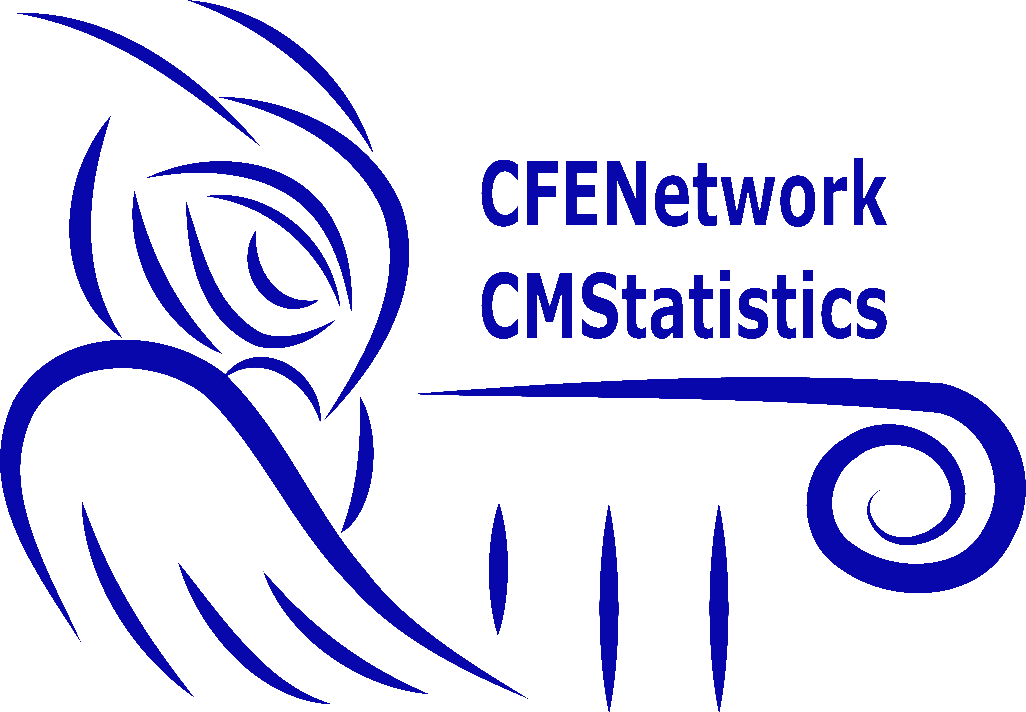A0174
Title: Drilling into Erasmus learning mobility flows between countries 2014-2024
Authors: Vladimir Batagelj - IMFM (Slovenia) [presenting]
Abstract: Alternative exploratory views on the network Erasmus+ learning mobility flows since 2014 are proposed. It has 35 nodes (countries), is very dense, and the range of link weights (number of visits) is very large (from 1 to 217003). A monotonically increasing transformation is used to reduce the range. Traditional graph-based visualization is unreadable. To gain insight into the structure of a dense network, it can be reduced to a skeleton by removing less essential links and/or nodes. We have determined a 1-neighbors and 2-neighbors subnetworks. The 1-neighbors skeleton highlights Spain as the main attractor in the network. The 2-neighbors skeleton shows the dominant role of Spain, Germany, France, and Italy. The Ps cores approach confirms these observations. Using the ``right'' order of the nodes in a matrix representation can reveal the network structure as block patterns in the displayed matrix. The clustering of network nodes based on Salton dissimilarity again shows the dominant role of Spain, Germany, France, and Italy, but also two main clusters of the West-East (developed-less developed) country division. The Balassa normalization (log(measured/expected) visits) matrix shows that most visits within the two main clusters are above expected, while most visits between them are below expected. \texttt{https://github.com/bavla/wNets/tree/main/Data/Erasmus}



